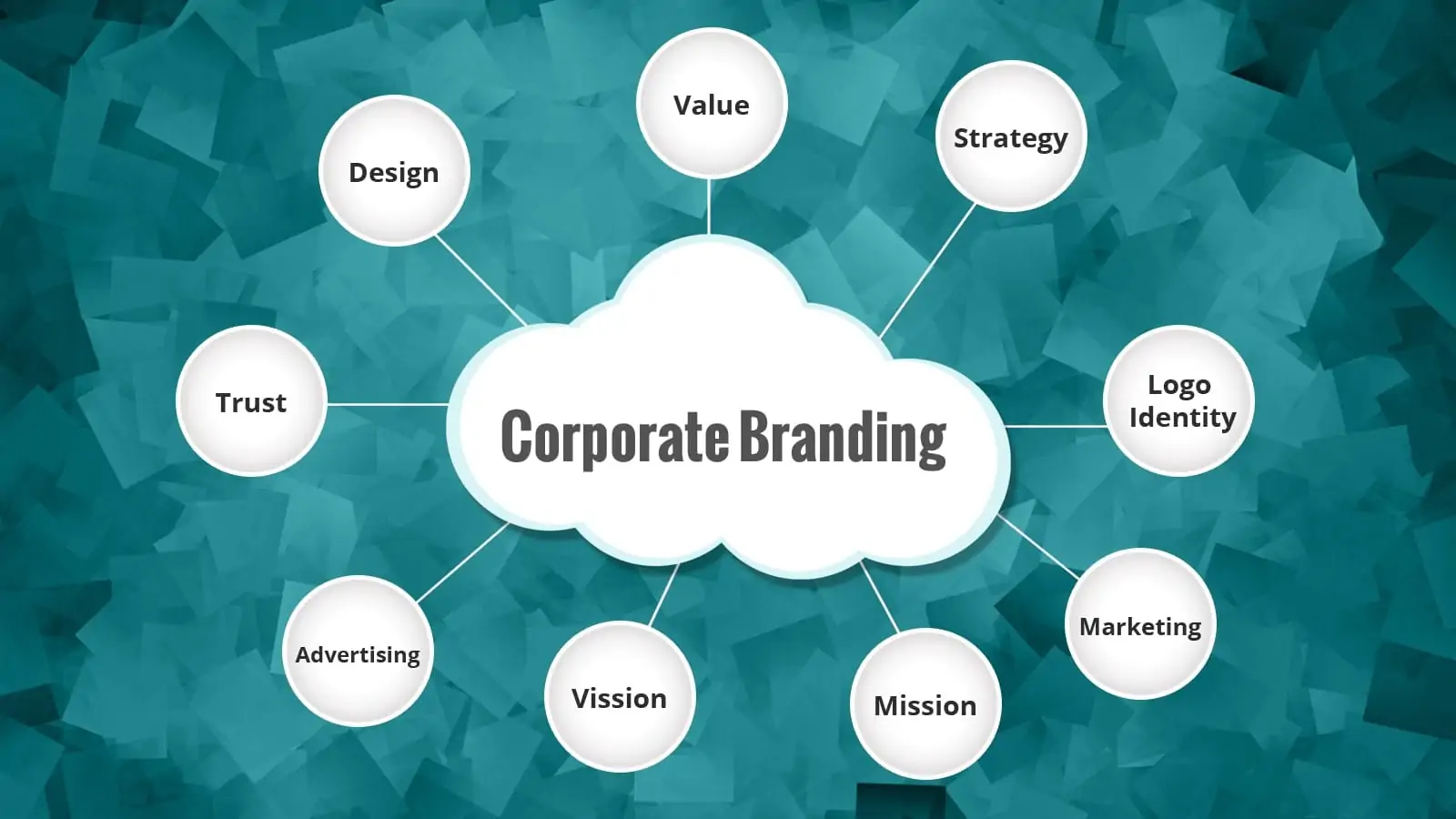
In today’s competitive business landscape, standing out is no longer just an advantage; it’s an absolute necessity. Companies across all industries are striving for success, but they face a crowded marketplace where capturing attention and retaining customer loyalty can be incredibly challenging. With an overwhelming amount of choices available to consumers, businesses must find ways to differentiate themselves and forge lasting connections with their audience. One of the most effective and sustainable ways to achieve both recognition and loyalty is through corporate branding. Organizational branding is far more than just a logo or a color scheme; it encompasses the entire identity of a business, from its values and mission to its vision and the emotional connection it fosters with customers.
A well-executed corporate brand communicates who a company is, what it stands for, and why customers should trust it. When done right, organizational branding can elevate a company’s reputation, strengthen its market position, and drive long-term business growth. As we approach 2025, the importance of having a strong, cohesive corporate brand will only grow, with businesses needing to adapt to new consumer expectations and digital trends to stay competitive. This article will explore how corporate branding can be strategically leveraged to maximize business growth, starting with crafting a consistent brand message and ending with cultivating customer loyalty that sustains success for years to come.
The Foundation of Corporate Branding
Organizational branding is the practice of defining, developing, and communicating a company’s identity across all platforms and touchpoints. It involves creating a cohesive image and message that reflect the company’s values and resonate with its target audience. A strong corporate brand helps build trust, credibility, and recognition, which are crucial for attracting and retaining customers. It’s not just about having a recognizable logo or tagline—it’s about consistently delivering a message that aligns with the company’s purpose.
The foundation of corporate branding begins with a deep understanding of the business’s core values and unique selling propositions (USPs). These aspects serve as the building blocks for shaping the brand’s voice, visual identity, and customer interactions. When businesses successfully align these elements with the expectations of their target market, they create a brand that is both authentic and memorable.
Creating a Consistent Brand Message
One of the keys to maximizing business growth through corporate branding is delivering a consistent message across all platforms. Consistency in branding helps establish credibility and reinforces the brand’s identity, making it easier for customers to recognize and connect with the business. Whether it’s through a website, social media, or print advertising, the messaging should be uniform and reflect the company’s core values.
A consistent brand message also extends to the company’s customer service, product offerings, and corporate culture. When businesses ensure that every touchpoint delivers the same experience and message, customers develop trust and a sense of familiarity with the brand. This familiarity leads to increased customer loyalty, which is one of the most effective drivers of long-term business growth.
Incorporating storytelling into branding efforts can also help businesses connect with customers on a deeper level. By sharing stories that align with the brand’s values, businesses can evoke emotional responses that foster a stronger connection with their audience.
Enhancing Customer Experience
A well-defined corporate brand is not just about what businesses say, but also about what they do. The customer experience plays a crucial role in the effectiveness of organizational branding. Every interaction a customer has with a brand, from browsing the website to speaking with customer service, should reflect the company’s values and promises. When businesses deliver an exceptional customer experience that aligns with their brand, they reinforce the emotional connection with their audience, turning first-time buyers into loyal customers.
To enhance the customer experience, businesses need to align their branding with the expectations of their target market. Understanding customer needs, preferences, and pain points allows companies to tailor their offerings and communication to better meet those demands. A well-branded company is more likely to deliver a seamless and enjoyable customer journey, leading to positive word-of-mouth and repeat business.
Leveraging Digital Marketing for Branding Success
In today’s digital age, corporate branding must extend beyond traditional marketing channels. Social media, content marketing, and search engine optimization (SEO) are powerful tools for building brand awareness and fostering customer engagement. By leveraging digital marketing strategies, businesses can ensure their brand reaches a wider audience and continues to grow.
Social media platforms provide businesses with an opportunity to engage with their audience on a personal level, share content that aligns with their values, and respond to customer feedback in real time. SEO, on the other hand, ensures that the business’s website is easily discoverable by potential customers, allowing the brand to build organic traffic and increase its visibility.
By integrating digital marketing into their organizational branding strategy, businesses can create a more comprehensive approach to growing their brand, driving sales, and fostering long-term customer relationships.
To sum up, in 2025, corporate branding will continue to be a driving force behind business growth. By creating a strong, consistent brand identity, enhancing the customer experience, and building trust and loyalty, businesses can maximize their growth potential and secure a long-term competitive advantage. As the digital landscape evolves, leveraging digital marketing tools and staying adaptable to market changes will be key to ensuring branding success. Investing in a well-defined and impactful corporate brand is no longer just an option—it’s a necessity for businesses aiming to thrive in an increasingly crowded marketplace.

